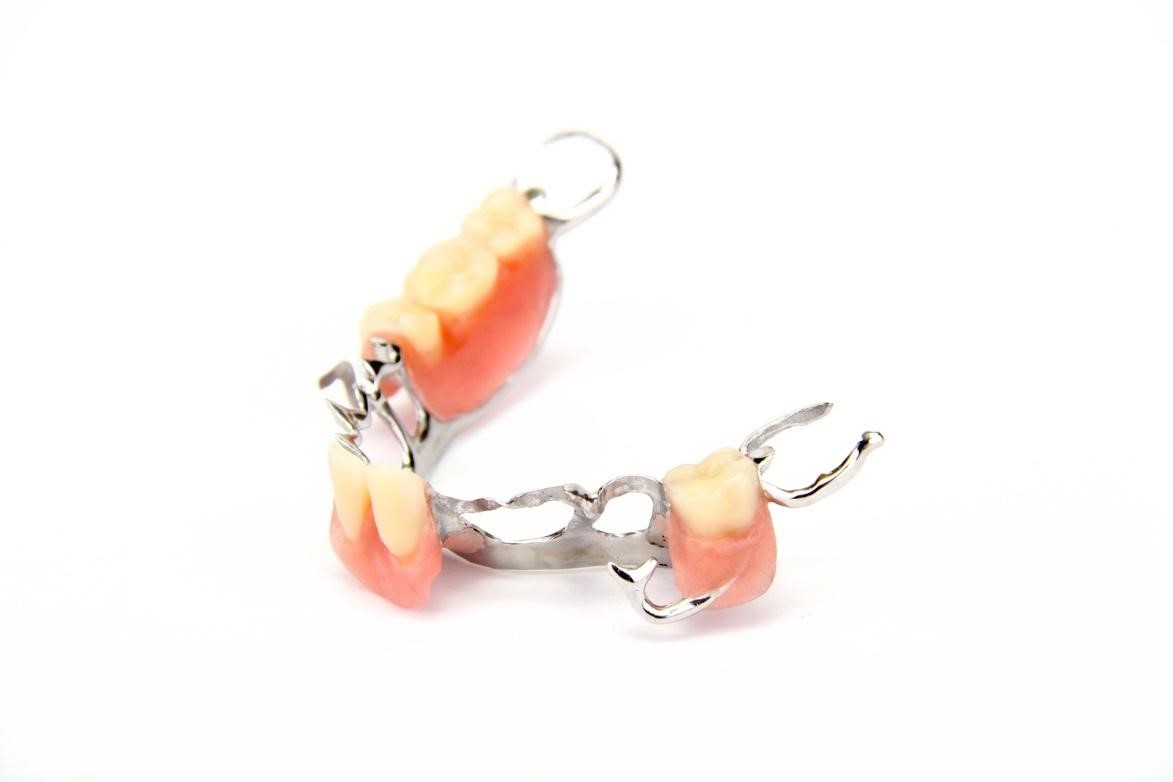Damage can definitely take its toll on your teeth, as it gradually discolors your teeth. You don’t need to live with your damaged teeth, though, when there are cosmetic procedures like crowns and bridges to restore, or even improve, your smile.
A dental crown, for instance, is a tooth-shaped cap used to cover a tooth, thus restoring its shape and size, strength, and improve on its appearance. You have a wide range of options for dental crowns, each having their own pros and cons.

Ceramic or Metal?
Some crowns, like gold alloys and base metal alloys, are made of metals that are extremely durable and resistant to corrosion. When placed properly, both can provide a strong bond to the tooth. One major drawback, though, is its color, as it doesn’t fit with the tooth’s natural color.
Ceramic crowns, on the other hand, are more popular due to its ability to blend with your natural tooth color. These are also suitable for those with metal allergies, though they are not as strong as metal crowns. Furthermore, they can easily be worn down.
Fortunately, you can opt for the best of both worlds in the form of the porcelain-fused-to-metal crowns. It has the look of a ceramic crown, but is connected to a metal structure that provides a stronger bond. Not only does it matches the color of your natural teeth, but these are extremely durable as well.
Caring for Crowns
When properly maintained, crowns can last for a long time. Remember that maintaining a good oral health through healthy dental habits, coupled with regular visits to your dentist, is an important part of ensuring the longevity of your dental implants.
Sources:
Different Types of Dental Crowns, Colgate Oral Care Center
Dental Crowns, WebMD

Leave a Reply